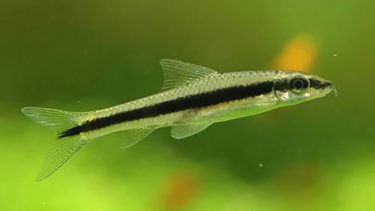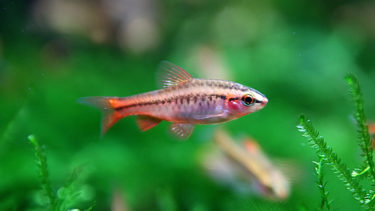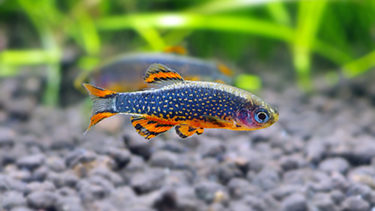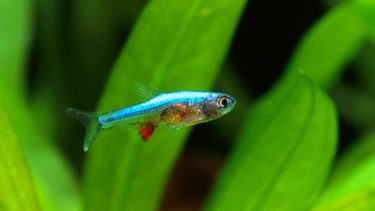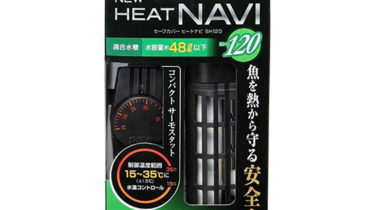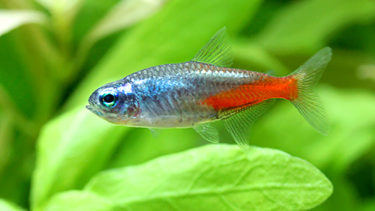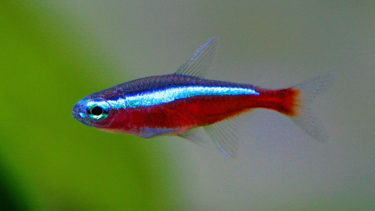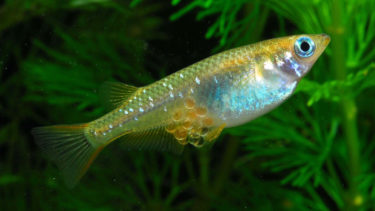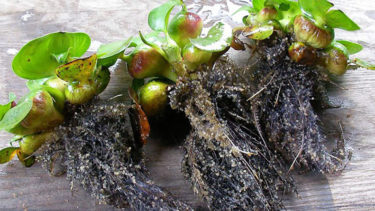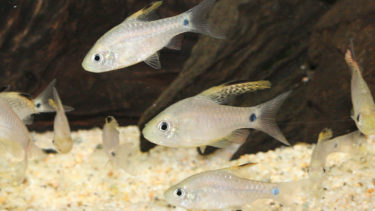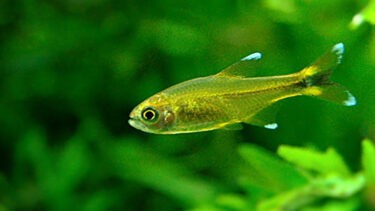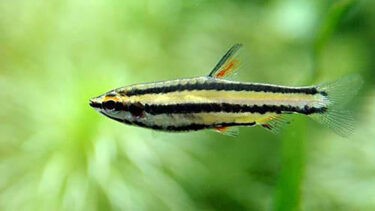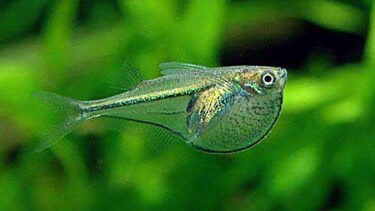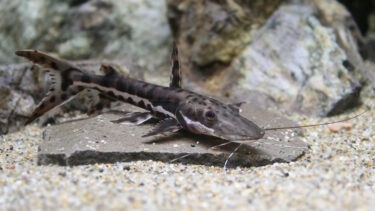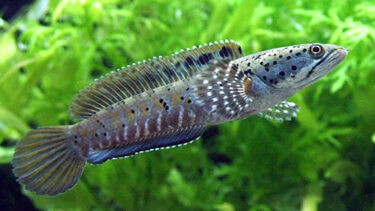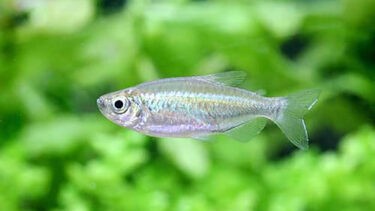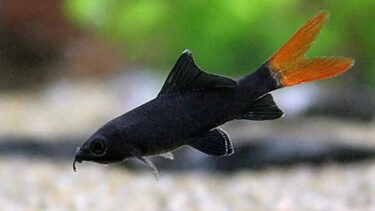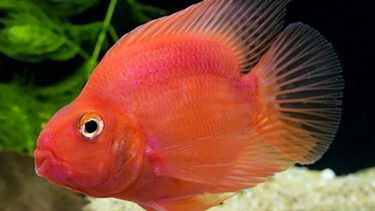The drapefin bulb is a tropical fish of the carp family, Carabidae, native to the Jolai River in India, South Asia. In this article, we would like to explain in detail the characteristics of the drapefin bulb and how to keep it.
What is a drape fin valve?

The drapefin bulb is a tropical fish in the carp family. The drapefin bulb originates from the Jolai River area in South Asian India.The body color of the drapefin bulb is black or red with a black circle at the base of the caudal fin. The male's dorsal fin is red or yellow in color and grows larger as it matures into a very beautiful dorsal fin. Therefore, many people keep them when they are small and enjoy the process of their growth.
The Siamese Flying Fox is a tropical fish of the Carp family, the loach family, native to Southeast Asia, including Thailand and Malaysia. Its body color is brown or other colors with a straight black line from the mouth to the tip of the tail fin, and it prefers to eat moss, algae, and other plant matter. In this issue, we will discuss the coleopteran [...].
Cherry bulb is a tropical fish of the Puntius genus of the carp family, Carpidae, native to Sri Lanka in Southeast Asia. There are two species with either a dark red or yellow body color, and they are useful when dealing with shellfish pests because shellfish are their favorite food. In this article, we will discuss the characteristics of the cherry valve [...].
The Microlasbora hanabi is a very beautiful tropical fish that is native to the Salween River in Myanmar, Southeast Asia, and belongs to the Celestictis genus of the carp family, Carpidae, with a dark blue base color and bright yellow speckled pattern. In this article, we will introduce you to the Microlas [...].
The Rasbora acerodyi Blue is a tropical fish of the carp family Sunda Danio of the order Carpidae, native to Sumatra and Borneo islands in Indonesia, Southeast Asia, and has a beautiful neon blue body color on its back part. In this article, we will discuss the characteristics of the Microrasbora hanabi [...].
How to keep drapefin bulbs
The drapefin bulb will be an easy variety to keep. The lifespan of the drapefin bulb is about 3-5 years. Their body size is approximately 4-5 cm. However, both lifespan and body size vary depending on the environment in which they are kept and the food they are fed. They prefer slightly acidic to neutral water, with a pH range of 6.0 to 7.5. The drapefin bulb is classified as a tropical fish, so if you keep it in Japan, it will need a heater in the winter.Draped fin bulbs can eat a certain amount of food regardless of preference, but it may be necessary to be careful because they can lose weight even when eating.
A heater is a device that maintains a constant water temperature. If you go to a specialty store that carries heaters, you will find a wide variety of types. Some people may be at a loss as to which one to choose. In this article, we would like to explain about such heaters [...]
Points to keep in mind when mixing swimmers

First of all, drapefin bulbs have a docile disposition. Therefore, if the breed with which they are mixed is territorial or aggressive, the drapefin bulbs may be beaten up, resulting in injury or even illness due to stress.However, although I mentioned above that drape-fin bulbs are docile, when mixed with other fish of the same species, such as rasboras, they may engage in "fin spreading," an intimidating behavior in which they spread their dorsal and pectoral fins wide. Although fin spreading does not necessarily mean that the fish will immediately start fighting, it is important to be careful. Finspreading itself is a very interesting phenomenon from the viewpoint of appreciation because it is an act of making the fins appear larger.
The neon tetra is a tropical fish in the family Carassinae, and is a beautiful fish with a blue glow from its head to its tail fin. In this article, I would like to explain in detail the characteristics of the Neon Tetra and how to keep it. What is a Neon Tetra?
The cardinal tetra is a tropical fish of the family Carassinae of the order Carassinae that lives in the Negro and Amazon rivers in South America. It is a beautiful fish with a blue glow from its head to its tail fin. In this article, I would like to explain in detail the characteristics of the Cardinal Tetra and how to keep it. [...].
Points about spawning
Many people who keep drapefin bulbs want to breed them. Although it is easy to keep drapefin valves, it is a little more difficult to breed them. However, it is possible to increase the number of drapefin valves in a stable manner by knowing the proper procedures.
The first is to keep individuals that are suitable for breeding.Draped fin bulbs have a lifespan of about 3 years, so they are short-lived until they are ready to breed, roughly 6 to 8 months after birth. If you wish to breed them, it is important to select relatively young individuals when purchasing them at specialty stores. It is also necessary to distinguish between male and female draped fin bulbs. Here, it is important to distinguish between males and females. It is very easy to distinguish between male and female draped fin bulbs. A large and beautiful dorsal fin is a male. On the other hand, the dorsal fins are not so large and the coloration of the dorsal fins is not so strong, indicating that it is a female. The difference in dorsal fins becomes more and more obvious as the fish grows. If you want to know for sure whether you are looking for a male or a female, we recommend that you ask the staff at a specialty store.
The second thing to do is to prepare a breeding tank.As is common for those who have bred killifish or other fish, if the parents (adults) and fry (young) are kept in the same tank after successful spawning and hatching, they may compete for food or the adults may eat the fry, resulting in a decrease in the number of fry. Also, draped fin bulbs may eat the eggs themselves, so care must be taken. To prevent this from happening, it is recommended to keep the parents and fry in separate aquariums for easier management. However, unlike killifish, drapefin bulbs are tropical fish, so a heater is recommended during non-summer months. This is also true for fry, so if you are not sure whether or not to purchase a heater for the aquarium in which you will keep the fry, you may be able to find equipment at specialty stores that allows you to borrow part of the aquarium in which you are keeping the parents to make space for the fry.
Many people who keep killifish want them to spawn. However, not many people know about spawning and what they need to do to prepare for it. This time, we would like to explain the method of spawning and the points to be noted [...].
If you have kept goldfish for a long time, you may want to try to breed them. However, if goldfish spawning is not done with care, there is a high possibility that the goldfish will weaken. In this article, I would like to explain in detail the method and precautions for spawning. The time of spawningThe time of spawning of goldfish is [...]
What to look for when keeping drapefin bulbs

Draped finvalves are recommended for their ease of keeping and mixed swimming. If you keep several drape fin bulbs, you can tell the order of the males by the length of their dorsal fins. The male with the longest dorsal fin is the strongest male. Therefore, the male with the shortest dorsal fin is the weakest male. Also, when the strongest male disappears, the second male's dorsal fin gradually grows longer.As you can see, drapefin bulbs have a very interesting ecology, so if you have a chance to see one at a specialty store, I highly recommend that you take a look.


